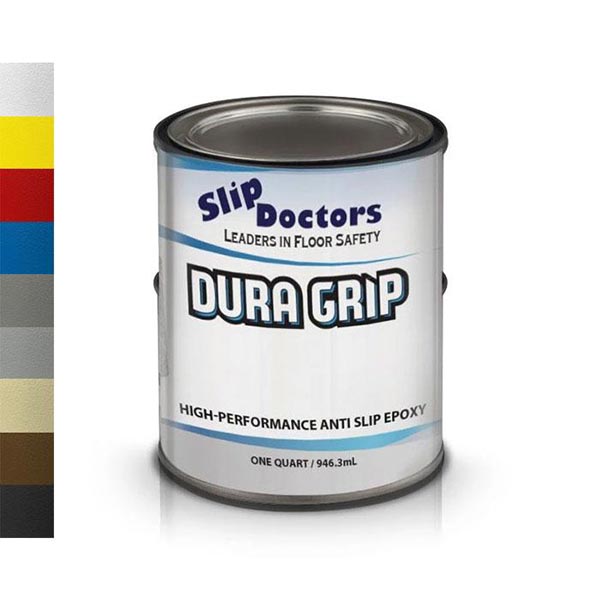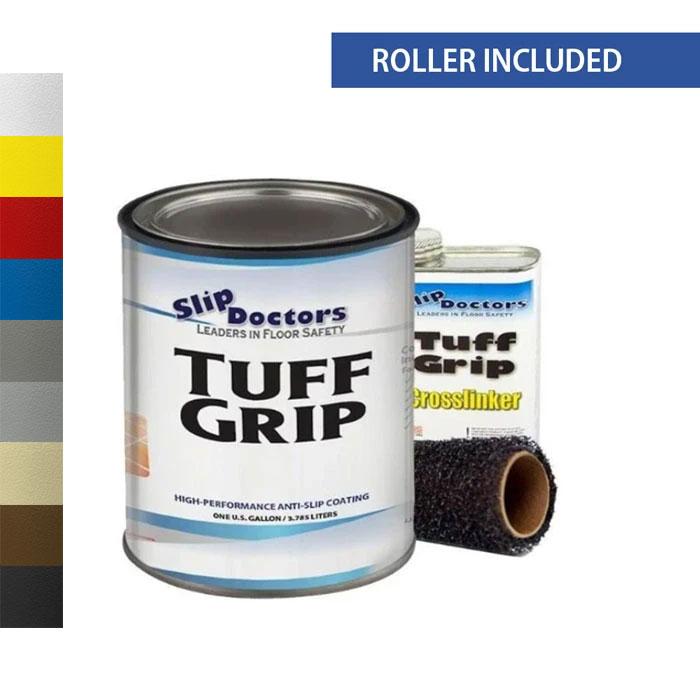Customized Stop-the-Slip Solutions
For Your Unique Conditions
Your Stop-the-Slip Solutions Graded:
Handi-Treads: A-
One of the unique qualities of Handi-Treads is their ability to be securely installed on brick porches, decks and patios. Because Handi-Treads are made of a single piece of aluminum they don’t move, like rubber treads, or rely on the structural integrity of the porch or deck to maintain their shape and effectiveness. The raised traction buttons of the Handi-Treads are self-cleaning, which makes them an excellent choice for virtually any outside condition. The pressure from a foot stepping on the rigid raised buttons pushes away the layer of moisture, frost or up to an inch of snow, creating solid contact between the tread and sneaker, shoe or boot. Installation of the aluminum Handi-Treads on brick surfaces is a simple DIY project that will require concrete anchors. Unlike non-slip paints, there’s no need for time-consuming surface preparation prior to installation. Once installed, Handi-Treads require no maintenance and feature a residential lifetime warranty. If you live in an area where it snows, you’ll find that you can use a snow shovel on your Handi-Treads without fear of damage to the treads. This is not the case with most other solutions. Because Handi-Treads are a lifetime solution with once-and-done installation and maintenance, their initial cost is higher. When calculated over a three to five year performance period however, the investment in Handi-Treads is often the most-cost effective solution.
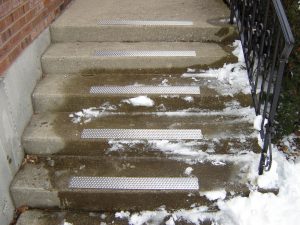
Total Score: A-
Effectiveness: A
Installation & Maintenance: A
Durability: A
Initial Price: C
Long-Term Value: A
Non-Slip Grit Tape: F
Grip tape will not adhere well to brick surfaces even if applied to the smooth side of the brick. In addition, the cement between the bricks is porous and absorbs and expels moisture, which precludes the use of tape.
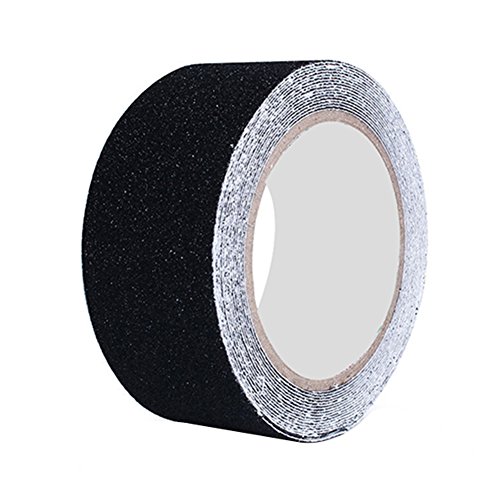
Total Score: F
Effectiveness: N/A
Installation & Maintenance: F
Durability: N/A
Initial Price: N/A
Long-Term Value: N/A
Rubber or Door Mat Style Treads: C-
While door mat style and rubber treads can be successfully installed on brick surfaces, their lack of structural rigidity can lead to significant problems in a relatively short amount of time. As with Handi-Treads, the only safe way to affix the rubber treads to brick is with the use of lags and screws. If any one one of the lags gives way, that corner of the door mat or rubber tread can pop up, creating a slip-and-fall hazard itself. The lack of structural rigidity also encourages lags to become loose from the brick, something not suffered by the structural integrity of Handi-Treads
Both rubber and door mat style treads can be effective in wet and winter weather if they are kept free of snow. Care must be taken when using a snow shovel with rubber treads as even a plastic blade can cut the rubber. Snow can be removed from door mat style treads with a shovel fairly easily as long as care is taken not to lodge the shovel under the edge of the tread.
Some of the products suggest that it is acceptable to use adhesive caulk to secure rubber or door mat treads to brick. We think this is poor advice as no typical exterior adhesive can adequately adhere to brick which, by its very nature, needs to breath.
We can only recommend rubber or door mat style treads if you permanently affix them to brick with screws and lags. Both of these types of treads are maintenance free, but they do wear down with use. Depending upon thickness and quality of the material you can expect rubber or door mat style treads to last 2 to 5 years.
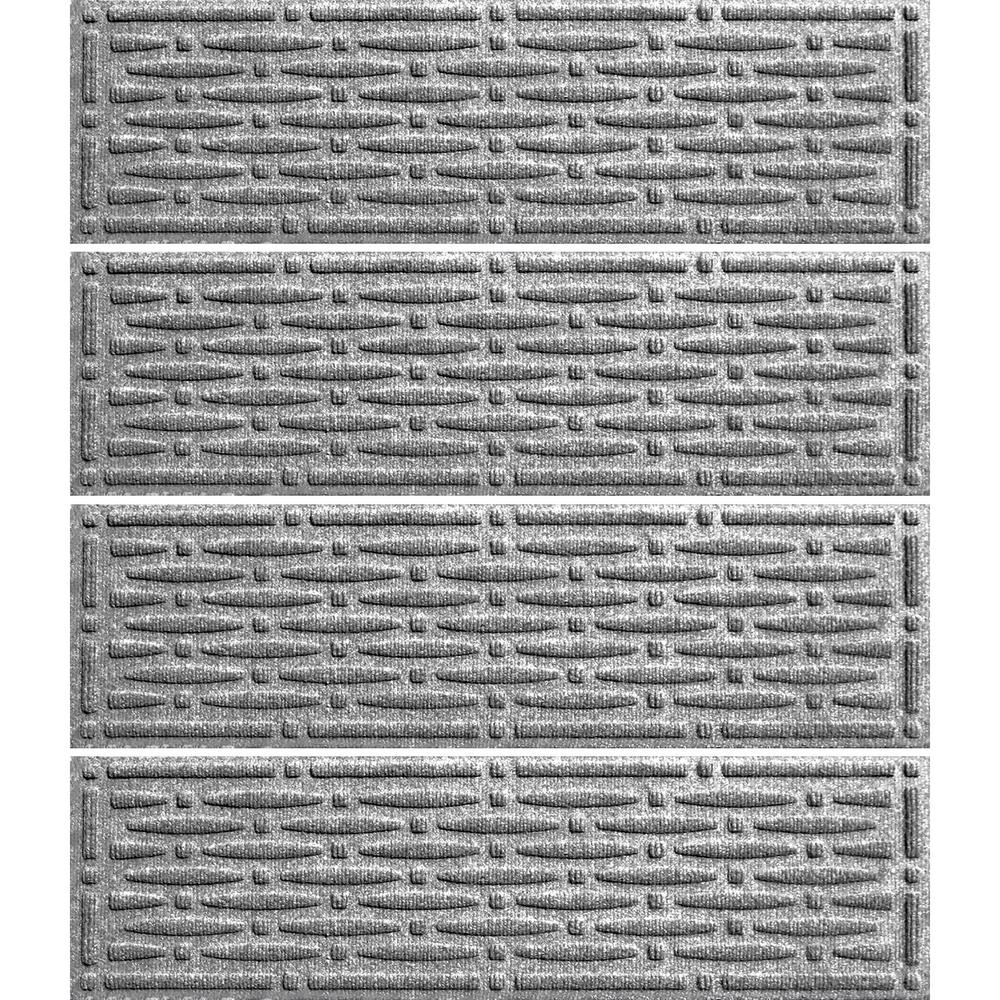
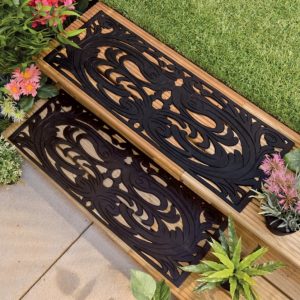
Total Score: C-
Effectiveness: C
Installation & Maintenance: D
Durability: C
Initial Price: B
Long-Term Value: C
Grit Paint: B
Grit paint can dramatically improve the safety of brick porches, decks or stairs if, like our Slip Doctor line of grit paints, it’s a high-quality enamel or epoxy paint, is applied carefully and is maintained properly. The challenge with brick and the concrete between each brick is that they are porous materials that absorb paint unevenly. To get a good, consistent layer of grit paint down on brick can be challenging, but with a little care can be done by any DIYer. In addition, there is expansion and contraction with brick surfaces which can lead to cracks if the paint does not have sufficient elasticity. Fortunately, this is not a problem with Slip Doctor grit paints. It is a problem with the cheap “Big Box” grit paints.
We rate the effectiveness of grit paint very high for wet weather, frost, and a dusting of snow.
As previously suggested, the quality of the paint and proper application is critical to the longevity of grit paint. If the brick is in good shape, is cleaned and prepared properly, and the paint is applied according to instructions, you can anticipate that anti-slip paint will last 3 to 5 years under normal consumer traffic.
Anti-slip paint on brick is, by and large, maintenance free. However, if you live where it snows you need to be very careful not to aggressively shovel the stairs painted with grit paint. While the epoxy coating is durable under normal foot traffic, it’s no match for an aluminum shovel. Once you start to scrape way the paint layer covering the aggregate, the system will quickly degrade.
The cost of a high-quality grit paint, like Slip Doctor Dura Grip and Tuff Grip, can run between $120 and $160 a gallon. In addition, you’ve got the consumable cost of paint brushes or rollers, trays, sandpaper, masking tape, and drop cloths. When all costs are factored, and depending upon the number of stairs, grit paint can be an excellent solution.

